- Home
- Articles
- Architectural Portfolio
- Architectral Presentation
- Inspirational Stories
- Architecture News
- Visualization
- BIM Industry
- Facade Design
- Parametric Design
- Career
- Landscape Architecture
- Construction
- Artificial Intelligence
- Sketching
- Design Softwares
- Diagrams
- Writing
- Architectural Tips
- Sustainability
- Courses
- Concept
- Technology
- History & Heritage
- Future of Architecture
- Guides & How-To
- Art & Culture
- Projects
- Interior Design
- Competitions
- Jobs
- Store
- Tools
- More
- Home
- Articles
- Architectural Portfolio
- Architectral Presentation
- Inspirational Stories
- Architecture News
- Visualization
- BIM Industry
- Facade Design
- Parametric Design
- Career
- Landscape Architecture
- Construction
- Artificial Intelligence
- Sketching
- Design Softwares
- Diagrams
- Writing
- Architectural Tips
- Sustainability
- Courses
- Concept
- Technology
- History & Heritage
- Future of Architecture
- Guides & How-To
- Art & Culture
- Projects
- Interior Design
- Competitions
- Jobs
- Store
- Tools
- More
The Grand Egyptian Museum: Modern Architecture Meets Ancient Egypt
The Grand Egyptian Museum by Heneghan Peng Architects in Cairo redefines the relationship between architecture and history. Overlooking the Pyramids of Giza, this monumental project blends ancient materials with contemporary geometry, housing more than 100,000 artifacts in the world’s largest archaeological museum.
The Grand Egyptian Museum by Heneghan Peng Architects represents a powerful structure between ancient Egypt heritage and contemporary architecture. Designed to stand in harmony with the surrounding desert landscape, it creates a visual and symbolic link to the nearby Pyramids of Giza. Its geometric form and material choices reflect the timeless spirit of ancient Egypt while presenting it through a modern lens. Located in Cairo, very close to the Great Pyramid of Khufu, one of the Seven Wonders of the Ancient World, the museum contains the largest and most comprehensive exhibits on ancient Egypt.

The Long Journey of a Monumental Project
he Grand Egyptian Museum (GEM), also known as the Giza Museum, which has made history as the world’s largest archaeological museum and the largest museum dedicated to a single civilization, opened to the public in November 2025. The project, which was won by the Dublin-based architectural firm Heneghan Peng Architects in 2003 after a competition over 20 years ago, began construction in 2012 and opened to the public this year.

Architecture in Dialogue with the Pyramids
From an architectural perspective, it’s impossible not to admire the structure. The Grand Egyptian Museum’s design establishes a meaningful dialogue with the three great pyramids surrounding it. The building’s overall form is planned in linear alignment with the pyramids, making the museum not merely a structure but a contemporary extension of the ancient landscape. The wedge-shaped facade and interior walls emphasize this alignment, creating a modern counterpart to the pyramids’ geometric clarity. The sloping roof creates a silhouette reminiscent of pyramidal peaks, yet deliberately avoids exceeding their height, allowing the building to exhibit a balanced and modest architectural style that respects the surrounding historical monuments.

Built on an 81,000 m² site, the building, a contemporary reflection of the Giza Pyramids, is a giant concrete wedge. Translucent alabaster panels, Egyptian limestone, and glass, an ancient art and craft material, were used in various ways. The use of such ancient materials in the museum, which includes modern interpretations of traditional Egyptian aesthetics, evokes the most important senses for Giza, not only in form but also in “feelings” and is spatially satisfying.
Designing a museum of this calibre, in such close proximity to a landmark as monumental and symbolic as the pyramids, is a once-in-a-lifetime opportunity. –Róisín Heneghan

Inside the World’s Largest Archaeological Museum
This magnificent museum whose aims the connection between design, history and space by providing visitors with a timeless and contemporary experience of Ancient Egypt. This experience is planned with galleries displaying over 100,000 artifacts and an exhibition circulation structured around a grand six-story main staircase.
Artifacts spanning 7,000 years of history, from the Predynastic period to the Roman period. The exhibition, which will showcase over 5,000 artifacts for the first time will make the museum even more valuable as a cultural significance.

One of the most significant features of exhibitions is the complete display of Tutankhamun’s tomb, shown in full for the first time since its discovery by Howard Carter, including his gold mask, throne, and chariots. The Tutankhamun gallery in the museum is located on the upper floor and is exhibition designed by Atelier Brückner from Germany.
The Grand Egyptian Museum which is admired by many disciplines in terms of archaeology, culture, architecture and history opened to the public this month. You can find detailed information about the museum, its exhibitions, and its visit here.
- alabaster facade architecture
- ancient Egypt heritage
- archaeological museum Egypt
- architectural competition Egypt
- architecture and archaeology
- architecture near pyramids
- Atelier Brückner exhibition design
- Cairo architecture
- Contemporary museum design
- Cultural Architecture
- desert landscape architecture
- Egyptian limestone
- Giza Museum
- Grand Egyptian Museum
- Heneghan Peng Architects
- modern Egyptian architecture
- museum design Egypt
- pyramids of Giza
- Sustainable museum design
- Tutankhamun exhibition
Submit your architectural projects
Follow these steps for submission your project. Submission FormLatest Posts
Zaha Hadid Architects Wins Modular Hospital Design Competition in Italy
Zaha Hadid Architects has won an international competition to design a new...
Shigeru Ban Won the 2026 AIA Gold Medal for His Humanitarian Vision
Shigeru Ban has been awarded the 2025 American Prize for Architecture by...
Pantone Color of the Year 2026: Cloud Dancer and Its Architectural Resonance
Pantone’s selection of PANTONE 11-4201 Cloud Dancer as the Color of the...
Copenhagen Named the Happiest City in the World in 2025
Copenhagen has been named the happiest city in the world in 2025...


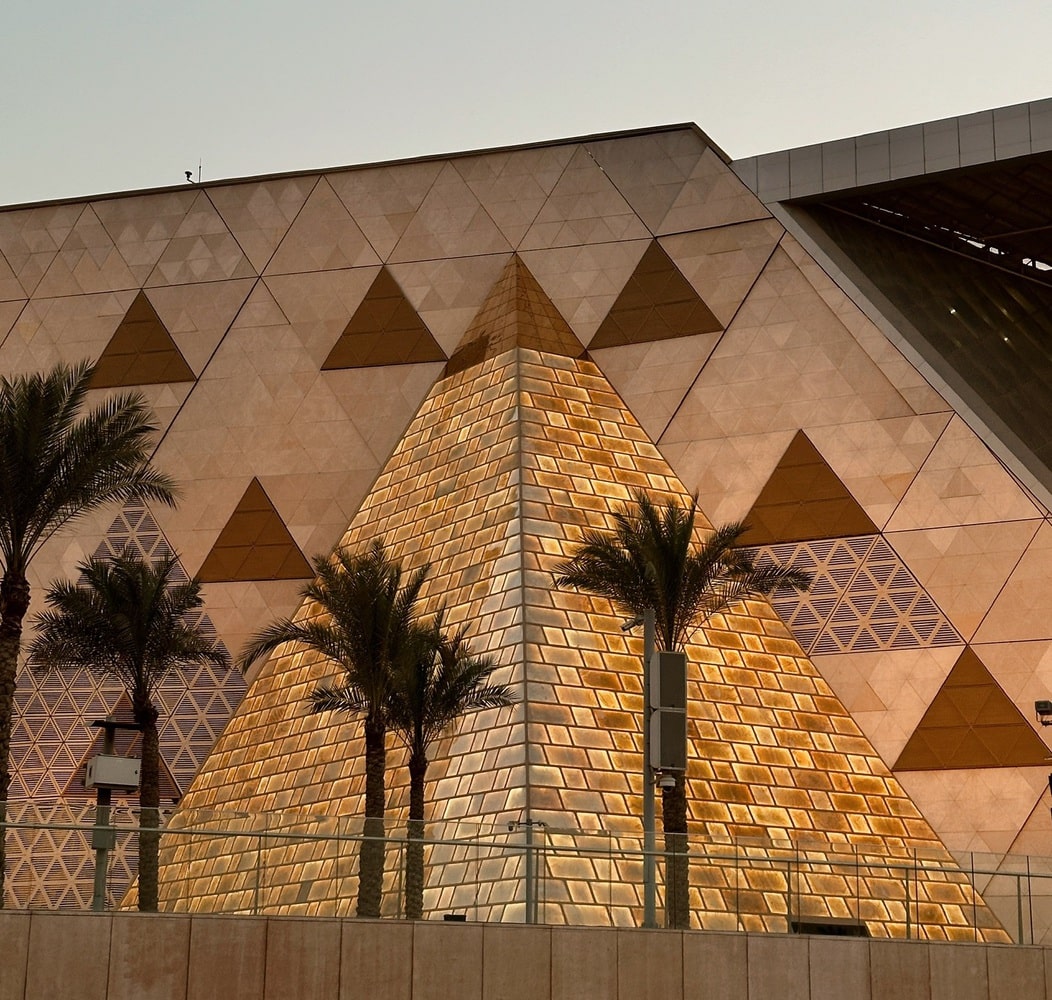


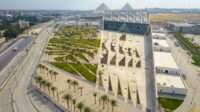

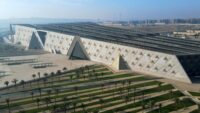


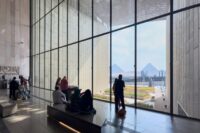

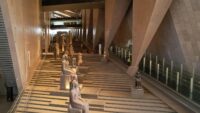


















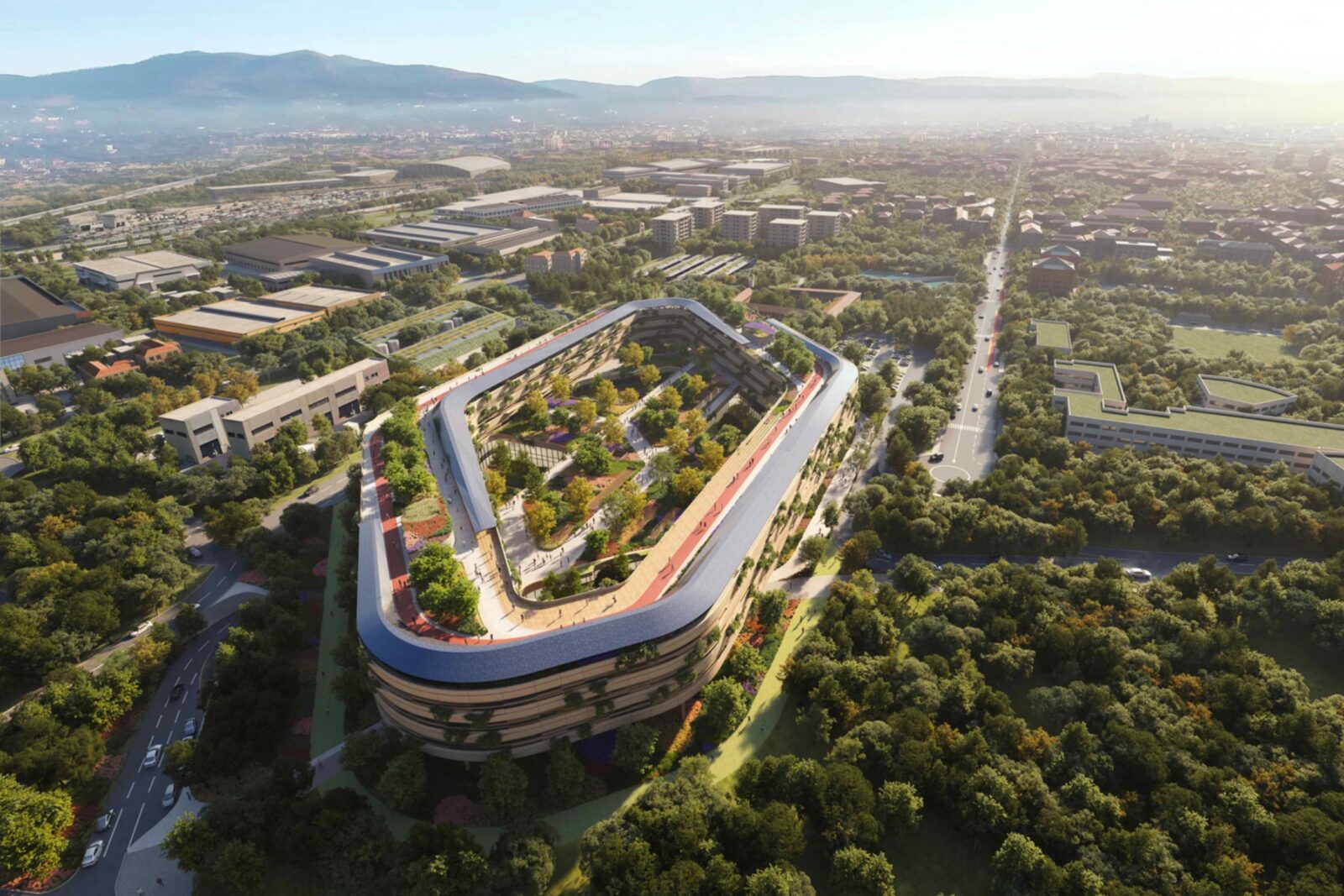
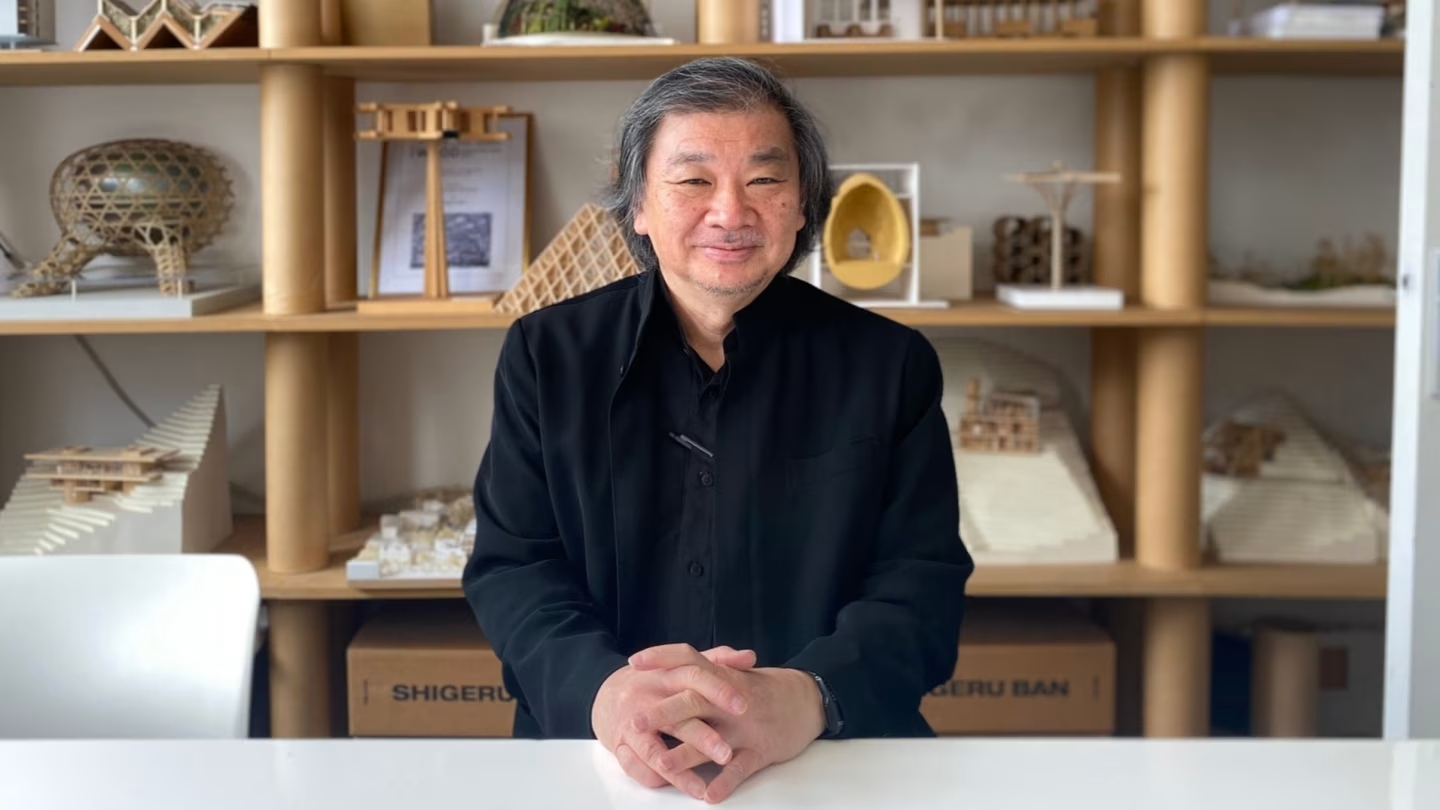


Leave a comment